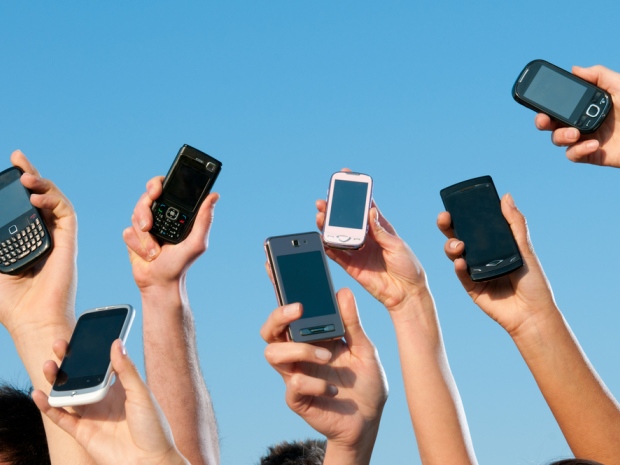NTT Docomo gears up 5G for 2020

Japan's NTT Docomo says it plans to roll out its 5G network by 2020, supporting transfer speeds of up to 100 times faster than current rates.

Speaking to media at the CEATEC tradeshow in Tokyo, the Japanese carrier said it was envisioning an ultra-high speed network capable of supporting 1,000 times the capacity and 100 times the speed of its current network, reported Engadget.
While 5G, or 4G for that matter, has yet to be ratified by a global standards body such as the International Telecommunications Union, industry players such as Samsung Electronics have set transmission speeds of 1Gbps as the benchmark for 5G speeds, reaching up to 10Gbps or about 100 times faster than current LTE speeds.
NTT Docomo told various media at the tradeshow that 3G spectrum was reaching congestion due to the growing adoption of smartphones. The carrier said it plans to use higher unused frequencies in its 5G rollout, tapping smaller cells to boost network signals.
According to Engadget, the Japanese operator anticipated challenges with resolving range limitations in the higher frequency spectrum, and was looking to deploy "high-frequency bandwidth by transmitting [via] a large number of atennna elements".
The 2020 target was also outlined in Samsung's 5G plans after the Korean electronics giant successfully transmitted data at 1Gbps in May, when it announced it was looking to support download and upload speeds of up to 10Gbps by 2020. In its trials, it used 64 antenna elements which allowed the device to exchange real-time signals with the 5H network plat form.
Huawei in September also said it was looking to deploy its 5G network by 2020, delivering transmission speeds 100 times faster than LTE or 4G.